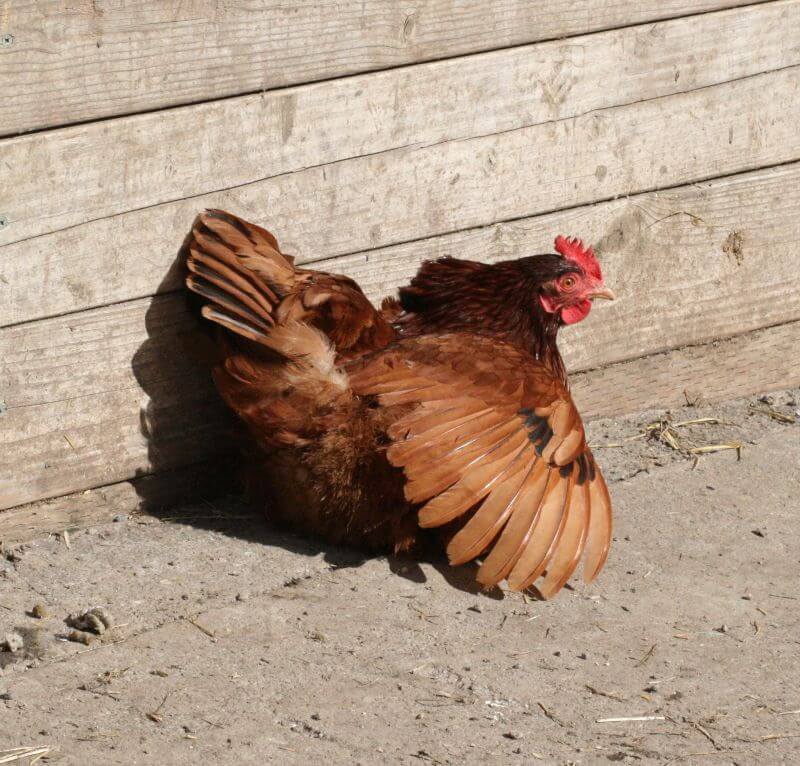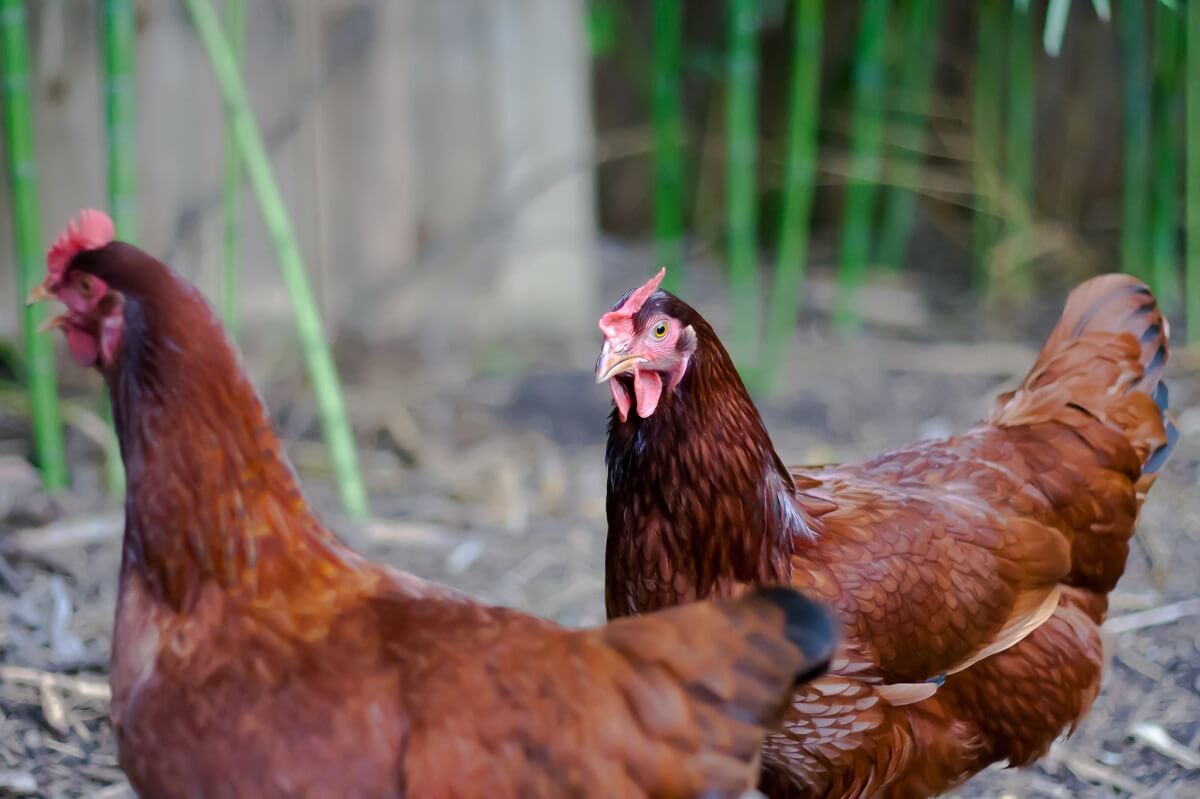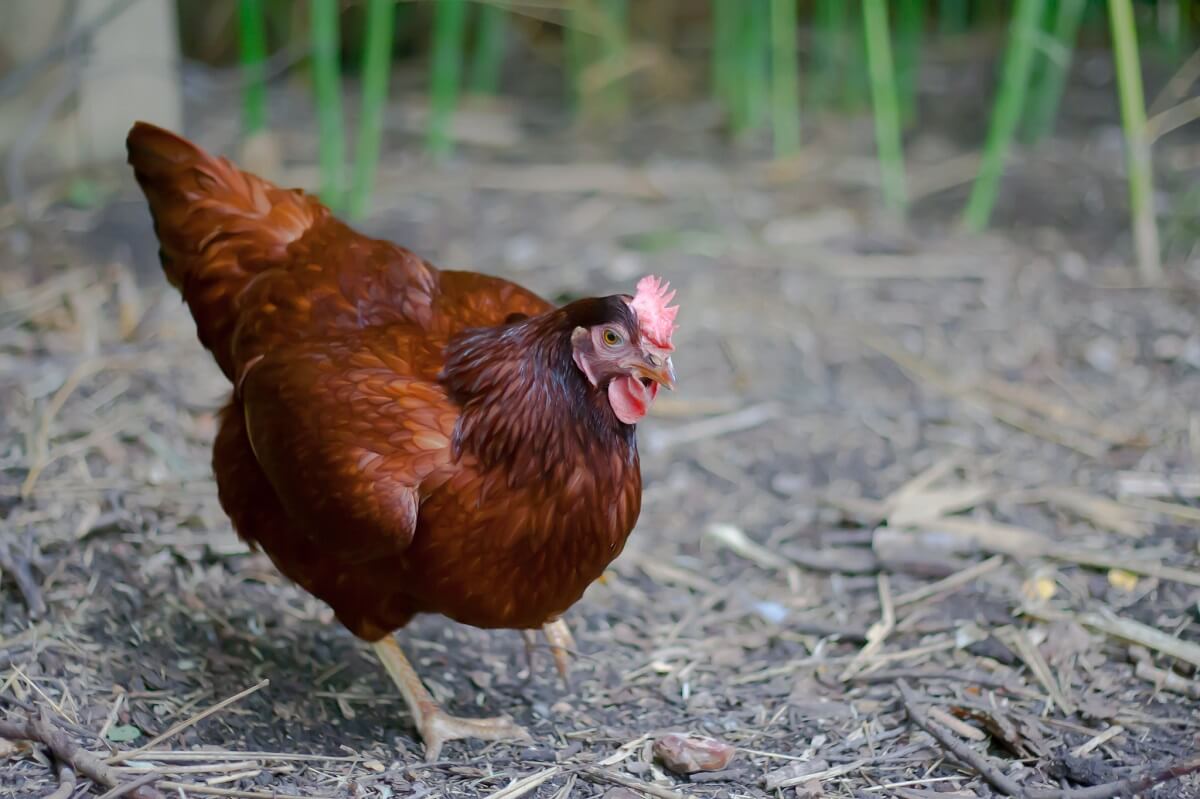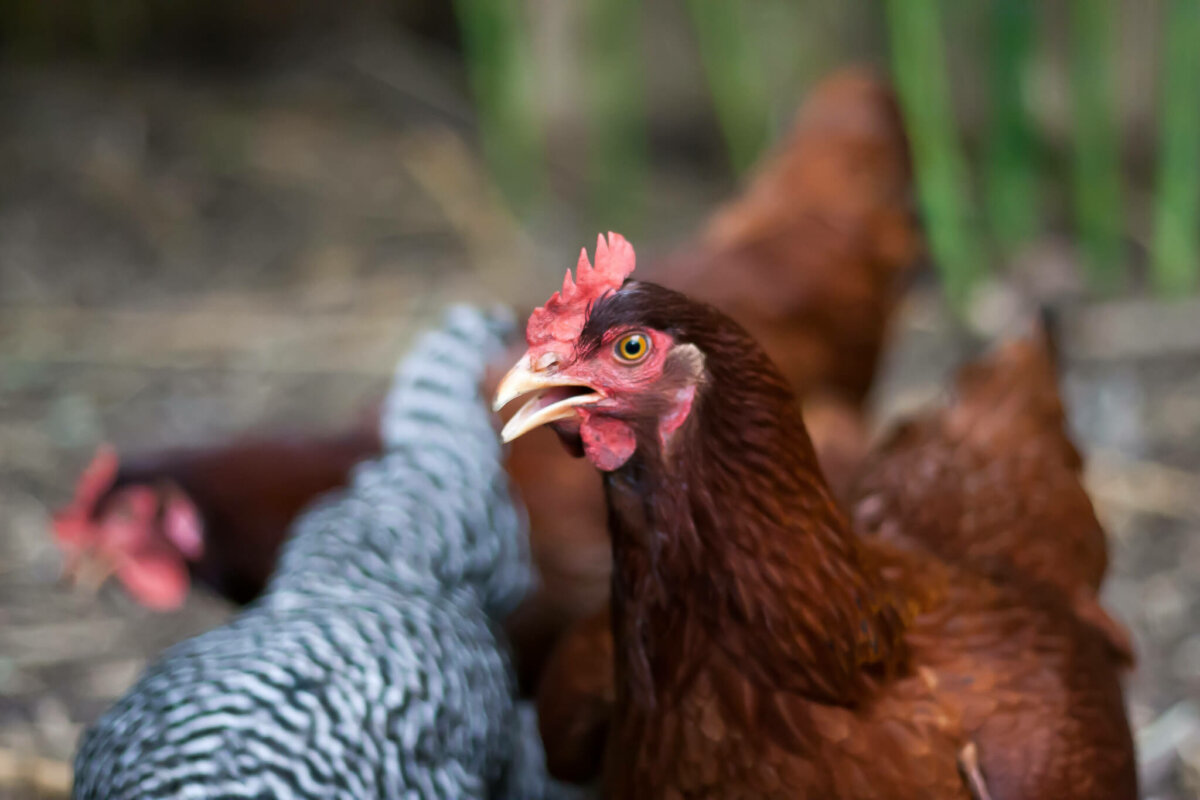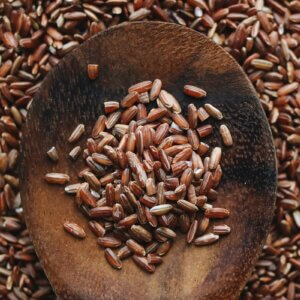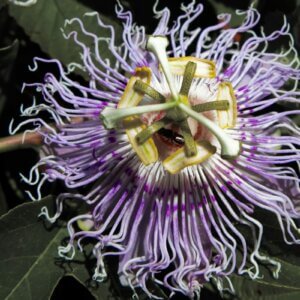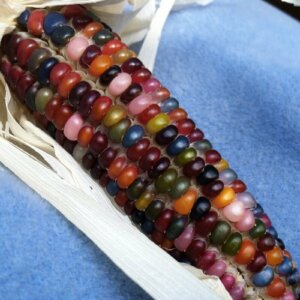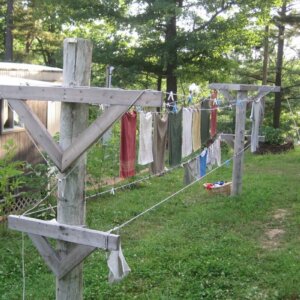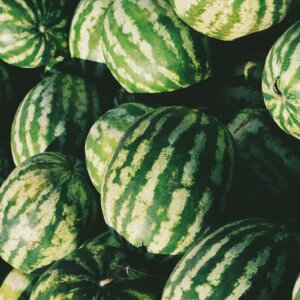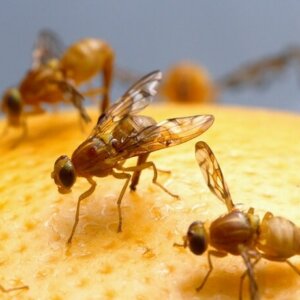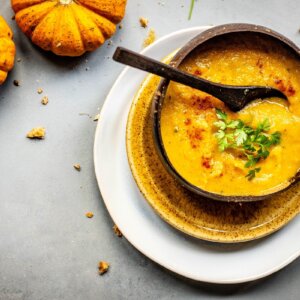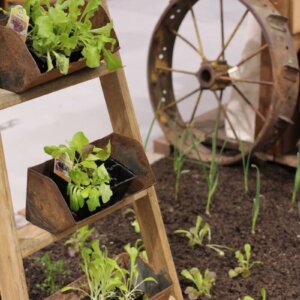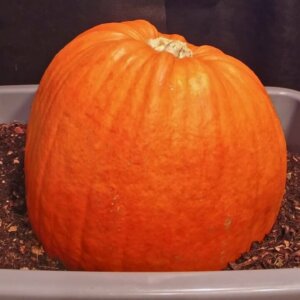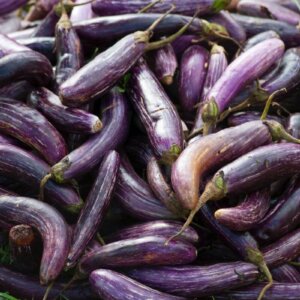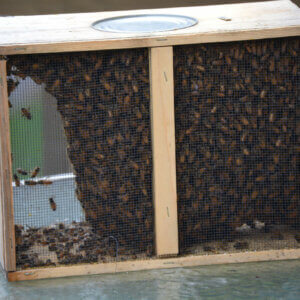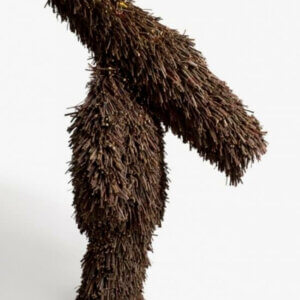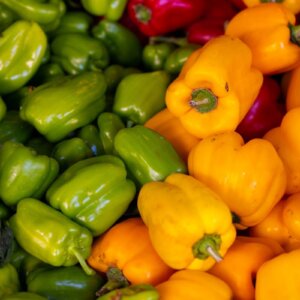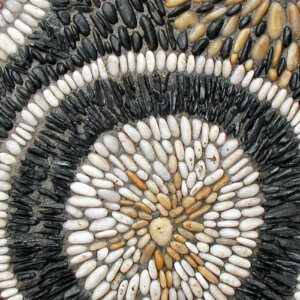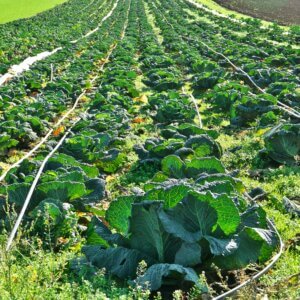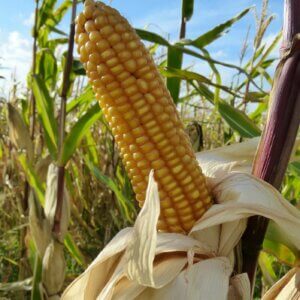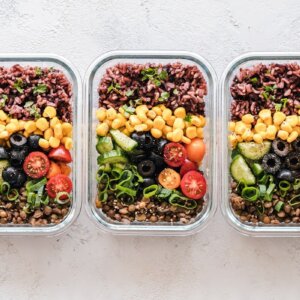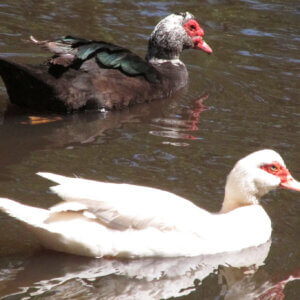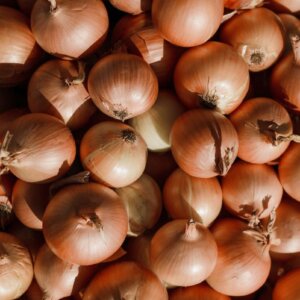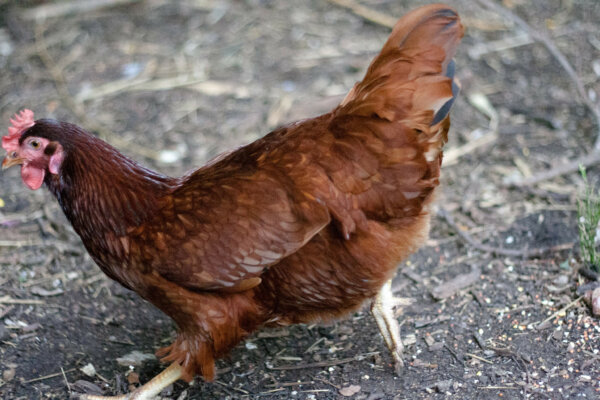
- Purpose: Dual-Purpose
- Eggs: Brown
- Egg Size: Large to Extra-Large
- Color: Mahogany Brown
- Comb Type: Single Comb
In the world of barnyard poultry, the Rhode Island Red would probably win every popularity contest.
One of the first chickens developed in the United States, this now widespread breed has enjoyed favor throughout the decades as a fantastic dual-purpose bird, with an emphasis on eggs, for good reason!
If you want to get started with chickens and don’t know which one to pick, these are a good place to start!
Hardy, intelligent, and long-lived, these sturdy chickens are an excellent choice for both the novice homesteader and experienced breeder.
Characteristics
Their desirable attributes have found them in farmyards since their creation in the 1900s. These American birds were developed by chicken farmers with an eye for a healthy, dependable bird. They used their own mixed stock as their resources, resulting in a bird with an incredibly diverse family tree.
Cornish Game, Malay, Brown Leghorn, and Wyandotte are among the handful of breeds used in the development of the Rhode Island Red, contributing to its color, hardiness, and ability to produce dozens upon dozens of large, brown eggs.
Though they are known to be able to flourish on sub-par feed and lousy housing conditions, there’s no reason to put your industrious hens through all that!
These rich, mahogany-colored birds would rather delight in being let out to free-range through the day, and their meat and eggs will be far better for it. And since they are not prone to becoming broody, there is little that will get in the way of your chickens faithfully laying through the year.
Watch Out for the Roosters
Rhode Island Reds are quite cold-hardy aside from their large, single combs. In extremely cold weather, keepers should keep an eye out for frostbite! They are not particularly heat-hardy, though, so be sure to give them adequate shelter in the worst of the summer.
In terms of personality, the hens can range from docile, personable, and inquisitive to bossy and raucous. They may pick on the more gentle hens in your flock, so be attentive while introducing them in a mixed flock. Some roosters, however, may turn out to be downright aggressive.
If you decide to keep a male or two in your flock, be sure to keep an eye out for them, particularly if there are children around!
What’s the Yield?
These hard-working hens are known for their eggs, even referred to as “egg-laying machines” by Bud Wood, owner of McMurray Hatchery. When they are mature and running at peak performance, they may turn out as many as six large to extra-large, brown eggs a week.
Though their dark feathers may make them unappealing as a store-bought bird, chicken keepers know better! These are larger-sized birds, with roosters reaching 8.5 pounds and hens growing to 6.5 pounds. If you end up with an aggressive rooster, your roasting pan may appreciate him more than your bloody ankles!
Know What You Want
There are two types of Rhode Island Red, the heritage strain and the industrial strain. If you are looking to show this breed, you’ll have to be careful about where you source your chicks. The industrial strains were developed for egg production, not looks, and so they will not carry the qualities demanded by the breed standard of perfection.
Pictures of Rhode Island Red Chickens
Resources
- Rhode Island, My Pet Chicken
- Rhode Island Red: What to Know Before Buying One, The Happy Chicken Coop
- Poultry Breeds – Rhode Island Red Chickens, Oklahoma State University
- The Rhode Island Red Chicken Breed, BackYard Chickens
- 5 Reasons to Love Rhode Island Red Chickens, Backyard Chicken Coops
- Raising Rhode Island Red Chickens, Living The Country Life
- Rhode Island Red Chickens: Heritage Poultry Breeds, Mother Earth News
- Chicken Breeds: Rhode Island Red, The Spruce
- Rhode Island Red – Non-Industrial Chicken, The Livestock Conservancy
- The History of Rhode Island Red Chickens, Countryside Daily

